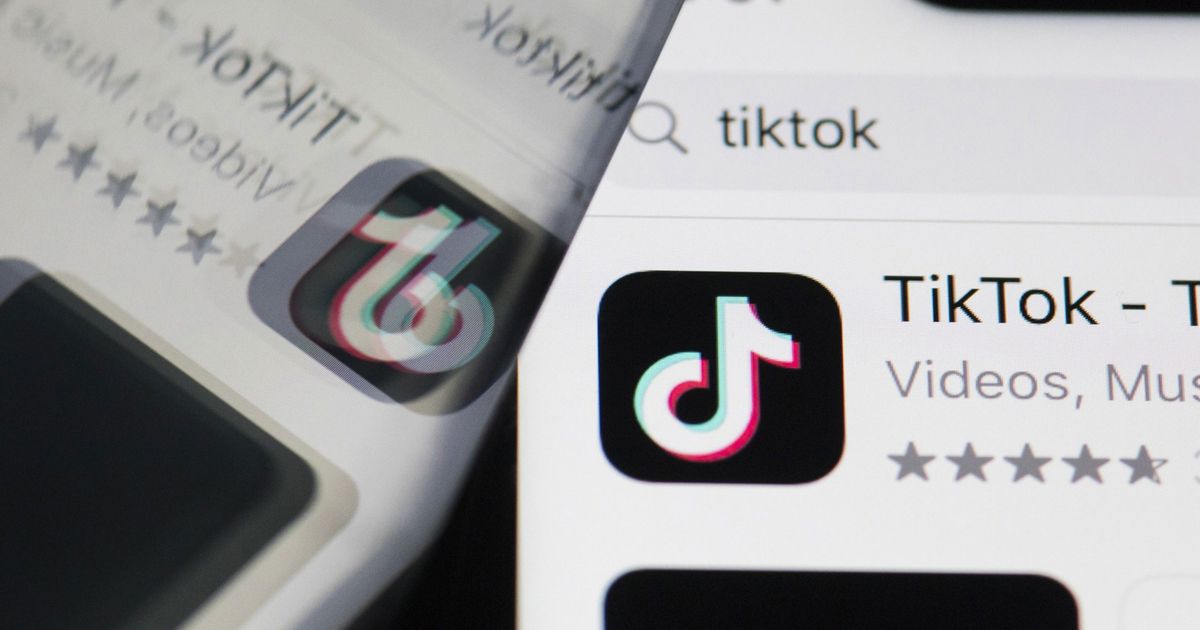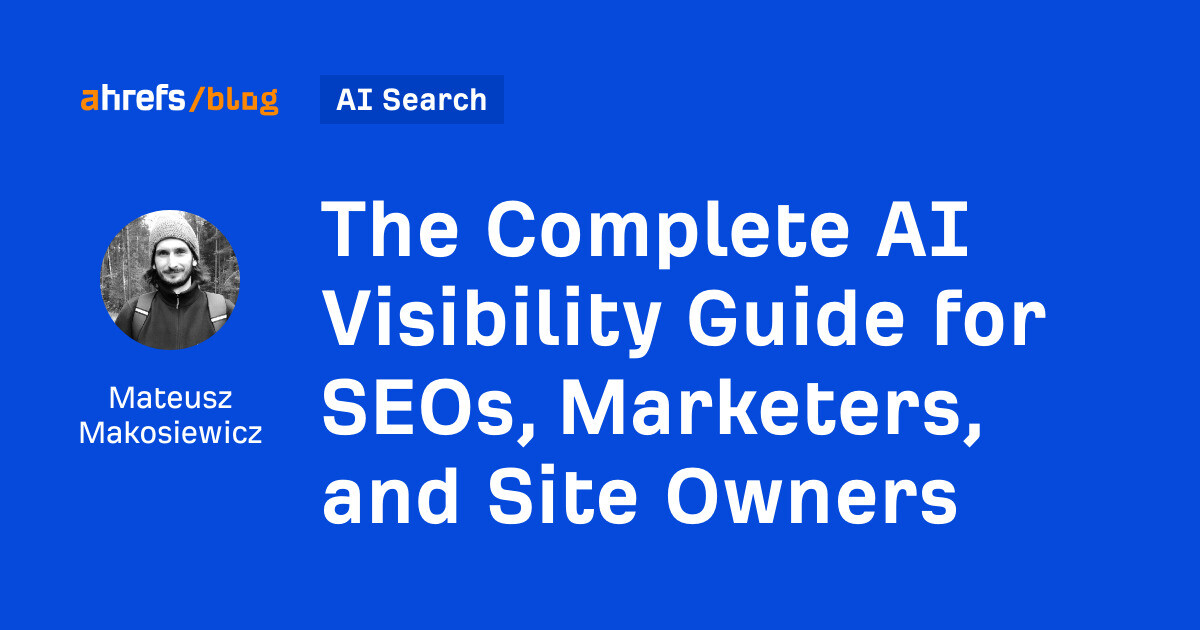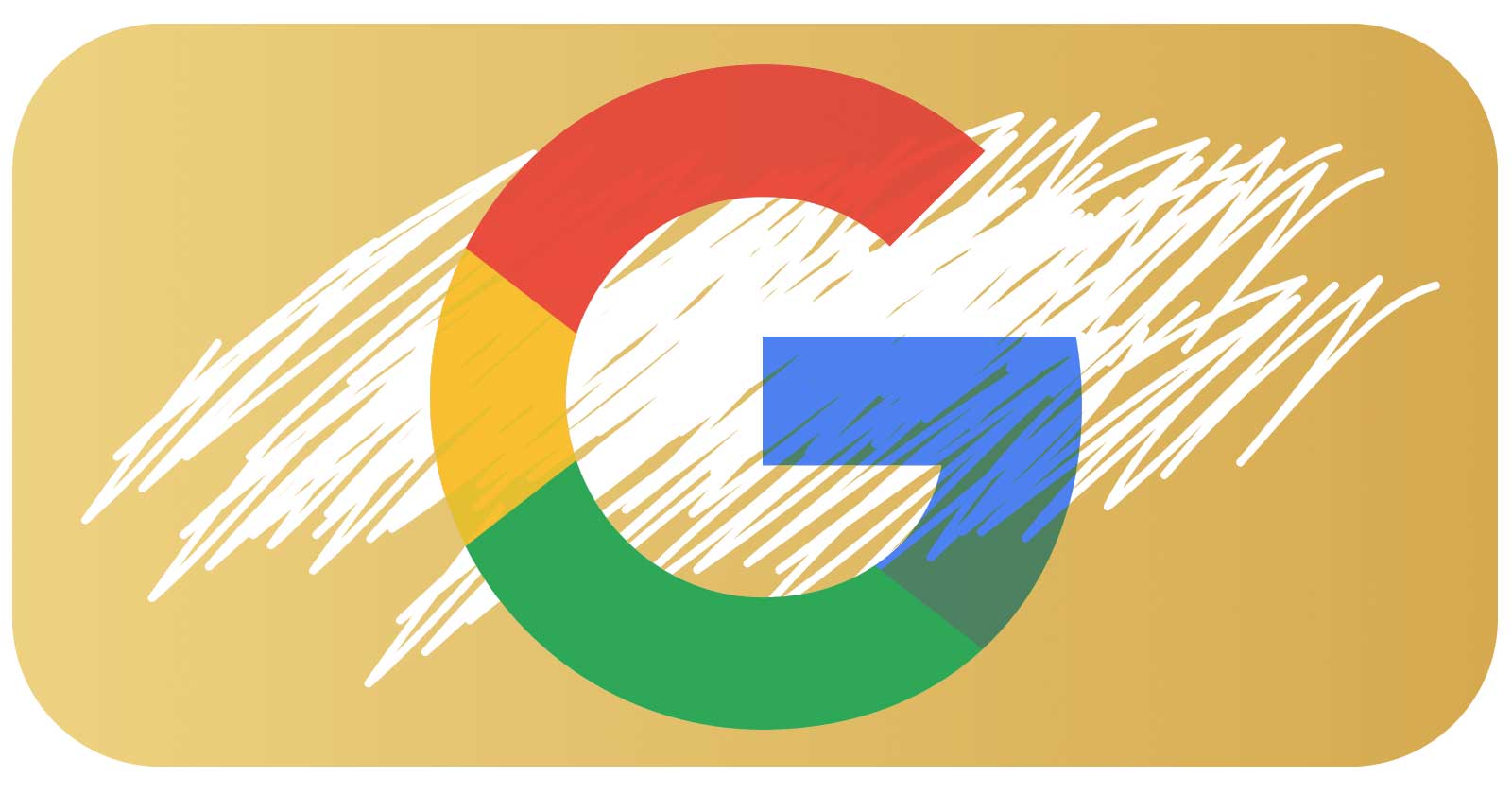Nike and Starbucks show how brands are rethinking NFTs
After crypto crumbled, marketers are taking a different approach to Web3 assets, now calling them ‘virtual creations’ and ‘collectibles.’

“NFT” is not in the fine print of Starbucks’ Web3-style rewards program called Odyssey. The terms of service refer to “non-fungible digital tokens” once, and then call the digital rewards “Stamps.” Nike’s high-tech .Swoosh community calls NFTs “virtual creations.” The mega-brands are still pursuing Web3, but the lingo that defined the space early on is giving way to more practical marketing, with less baggage.
For many people, words such as NFT, crypto and blockchain, induce eye rolls. At worst, they conjure warnings about frenzied speculation and scams. But brands and their marketing partners are getting smarter about emerging technology and how they weave it into their businesses. There is a shift in the Web3 mindset: Brands don’t want to scare consumers with technical jargon.
“Consumers don’t care about Web3 or NFTs,” said Chris Liquin, senior VP of strategy at Vayner3, the Web3 consulting arm of VaynerMedia. “They care about a more ownable, personalized and immersive internet.”
Vayner3 works with brands including Budweiser and Pepsi, and it has produced NFT collections, blockchain-based games, and loyalty programs tethered to Web3 technology. Vayner3 also is an example of how the agency world is reframing the conversation, changing its name from VaynerNFT last year. The soft rebrand was partly due to the shifting attitudes around NFTs.
“We sort of expanded how we’re defining Web3. We’ve moved beyond the NFT,” said Avery Akkineni, president of Vayner3. “I think we’re probably, in all our programs, we’re referring to it as ‘digital collectibles,’ ‘digital assets,’ to make sure that it feels accessible to people. A lot of those technical terms can be polarizing, so we’re seeing a lot of brands move away from those.”
Why so polarizing?
The public has a love-hate relationship with NFTs, or non-fungible tokens. Web3’s earliest adopters were sold on the technology, while others recoiled. Many gaming communities, for instance, blasted studios that dared to mention interest in NFTs. Gamers were perhaps more suspicious about incorporating new features of uncertain economic value into their worlds. Gamers were already saddled with “loot boxes” and in-game purchases, forcing them to pay more to play.
Last year, Electronic Arts was a prime example: The game developer initially expressed interest in NFTs, with CEO Andrew Wilson calling them the future of the industry, and then was pressured to walk back the enthusiasm. Last summer, “Minecraft” makers Mojang Studios took a hard anti-NFT position, banning them in its worlds. “We have these rules to ensure that Minecraft remains a community where everyone has access to the same content. NFTs, however, can create models of scarcity and exclusion,” the developer wrote.
NFTs also got a bad reputation because of the crypto crash last year. Scammers peddled hundreds of low-quality crypto coins. Bad actors were pumping and dumping NFT projects, pulling the rug on investors without ever delivering any experiences.
Also read: Inside the crypto advertising collapse on social media
In that environment, brands tried to jump in, if only to see what all the fuss was about. In 2021, Taco Bell, Pringles and Charmin were some of the brands dropping NFT artwork. Later that year, Nike bought RTKFT, which was a watershed moment—it showed the most popular consumer brands were serious about entering Web3. By 2022, at SXSW in Austin, Texas, NFT projects like Doodles and Fluf World were flying high, with extravagant parties and colorful, immersive art installations. In late 2022, however, the cryptocurrency markets dropped. FTX and its co-founder Sam Bankman-Fried were disgraced. Celebrities affiliated with the marketing of crypto exchanges and NFTs were being sued, and brands and ad agencies were chastened.
Last month, Dapper Labs, a Web3 startup, lost a ruling in a court case that opened the door to a lawsuit over how it marketed NBA Top Shot, which was part of the first wave of the NFT craze. Top Shot moments are digital collectibles based on NBA highlights, like a futuristic trading card, but some consumers said they should be regulated like financial instruments.
Time to rebrand
“There’s a branding problem,” said Craig Elimeliah, chief creative officer at Lippe Taylor Group. “Crypto really kind of came in and spoiled the party.”
Major brands and their ad agencies are thinking more practically about Web3. Instead of do-nothing NFT drops, companies want to facilitate virtual commerce, join games and platforms such as Roblox, and create customer relationships through NFTs—without calling them NFTs.
Brands including Nike and Starbucks are using nascent Web3 programs for customer loyalty. Nike representatives have met face-to-face with fans in a series of town halls to proselytize .Swoosh. Through .Swoosh, Nike distributes digital rewards and virtual products; participants enter by minting NFTs to activate their membership. Instead of NFTs, Nike calls them “virtual creations.” There are more than 300,000 .Swoosh IDs minted, suggesting 300,000-plus participants in the program, according to statistics publicly available through OpenSea, the NFT marketplace.
“We’re seeing brands shift to really wanting to integrate Web3 into their business planning and marketing efforts, in a more meaningful way,” Vayner3’s Akkineni said, “less one-off [marketing] and more of an integrated strategy.”
Meanwhile, Starbucks' Odyssey launched in September, billed by the company as “an extension of Starbucks Rewards, powered by Web3 technology, that unlocks access to exciting new benefits and experiences for members. The experience allows members to participate in a series of entertaining, interactive activities called ‘Journeys.’”
“Starbucks is pegged against something that has value,” Elimeliah said. “People want coffee. They want to pick up quickly, and they want perks.”
The Starbucks program is building slowly, in a way that seems to ward off get-rich-quick participants. First, members must sign up for Starbucks’ Web 2.0 rewards program to join Odyssey. To attain some of the perks, NFT holders, or “Stamp” collectors, visit stores and complete other tasks. The activity unlocks special Stamps.
Starbucks already touts more than 30 million members in its first-generation loyalty program. Odyssey is bringing new members, according to Sara Senatore, managing director and senior analyst, restaurants, at Bank of America Global Research. “That’s really encouraging,” Senatore said. “They’re getting people to join Starbucks Rewards in order to participate in Odyssey.”
So far, Starbucks' Odyssey has more than 4,000 owners of Passport Stamps, according to its page on NFT marketplace Nifty Gateway. Starbucks has done four drops since December, starting with a special holiday-themed Stamp, and it is planning a new NFT launch this week with the “Siren Collection,” which will feature 2,000 NFTs that start at $100. The “Holiday Cheer” stamp is the most valuable one on secondary markets, where holders can resell them for up to $2,000.
Also read: NFT creators abandon Web3 over disappearing royalties
Web3 prescription
Web3 loyalty programs are compelling because the members are likely even more engaged, fulfilling missions and awaiting exclusive offers, in ways that brick-and-mortar rewards don’t encourage, Senatore said. There also is a data component to Web3, where NFT collectors connect crypto wallets to a brand’s loyalty system. The wallet is a direct connection, like email or text message, to open lines of communication with that audience.
“When somebody becomes a member of Starbucks Rewards, they spend more and it tends to channel into faster spend growth over time, as well,” Senatore said. “Starbucks does a really good job of creating targeted marketing that encourages rewards members to come in more, to either buy more in a single order, like attaching food, or trying new beverages, or coming in more frequently.”
The loyal Web3 communities become sounding boards for brands, too, Akkineni said. “It’s almost like an external incubator, right,” Akkineni said, referring to Nike’s .Swoosh, “where they’re understanding what the community likes and interacts with, what it places value on, and that informs their product strategy in terms of what they’re actually going to then produce and sell as physical goods.”
Nike and Starbucks did not return requests for comment for this story.
DRx is an early initiator in Web3 commerce. Like RTFKT, DRx is a Web3-native apparel brand that designs clothing and goods for digital avatars and manufactures its streetwear lines in real life, too. DRx is like a direct-to-consumer brand, only it sells directly to its Web3 community through NFTs. It distributes NFTs to its core fans, and from there, DRx can gauge demand for upcoming clothing releases. It produces only what consumers order through NFTs, said Trevor Topfer, chief marketing officer of DRx. The brand is part of Futureverse, a collective of Web3 startups that includes the NFT community Fluf World.
“What happened was, because non-fungible tokens are the technology behind the products, that became the term, but NFTs aren’t really what we had,” Topfer said. “We call them ‘collectibles,’ they just happen to be digital. They just happen to be wrapped up in smart contracts and live on the blockchain. With all these heavy tech terms, we should really just be talking about art, fashion, gaming or entertainment.”

 ShanonG
ShanonG 
































